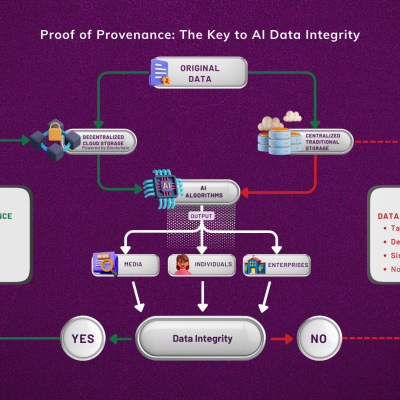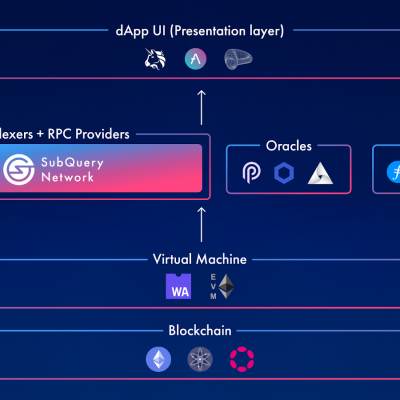
In today’s digital era, web hosting is synonymous with powering dynamic websites and applications. While shared hosting holds its share of the spotlight, Virtual Private Servers (VPS) have emerged as a compelling alternative, offering more power, flexibility, and control than its shared counterpart. For individuals and businesses embarking on their VPS journey, mastering setup and management can seem daunting. Fear not, intrepid explorers! This comprehensive guide equips you with the knowledge and skills to confidently navigate the VPS landscape, build your ideal server environment, and manage it to peak performance.
Understanding VPS: A Bird’s-Eye View
Imagine a physical server sliced into smaller, independent compartments – that’s essentially what a VPS offers. Each compartment, or virtual server, operates as a dedicated environment with its own resources (CPU, RAM, storage) and operating system. This segregation creates a secure and customizable platform, giving you greater control over your applications and data compared to shared hosting.
VPS Flavors: Choosing the Right Fit
Choosing the right VPS plan depends on your specific needs and ambitions. Here’s a breakdown of common VPS types:
- Linux VPS: The most popular choice, offering extensive flexibility and compatibility with open-source software.
- Windows VPS: Ideal for running Windows-specific applications and integrating with familiar Microsoft tools.
- Managed VPS: For those seeking hands-off management, managed VPS takes care of server maintenance and updates.
- Unmanaged VPS: Offers greater control but requires technical expertise to manage the server yourself.
Setting Up Your VPS: Building Your Digital Home
Once you’ve chosen your VPS provider and plan, the exciting part begins – building your server environment! Here’s a step-by-step guide:
- Access Panel: Familiarize yourself with your provider’s control panel (cPanel, Plesk, etc.) used to manage server settings, software installations, and user accounts.
- Operating System: Choose and install your desired operating system (Linux distributions like Ubuntu, CentOS, or Windows Server).
- Security Essentials: Implement essential security measures like firewalls, strong passwords, and regular software updates.
- Software Installation: Install the necessary software for your website, applications, and databases (WordPress, MySQL, PHP, etc.).
- Website Migration: If existing, migrate your website files and databases to your newly-built VPS environment.
VPS Management: Maintaining Peak Performance
Building your VPS is just the first step. Effective management ensures smooth operation and optimal performance. Here are some key tasks:
- Resource Monitoring: Track CPU, RAM, and disk usage to identify bottlenecks and optimize resource allocation.
- Security Updates: Regularly update your operating system, software, and plugins to mitigate vulnerabilities.
- Backups: Implement a robust backup strategy to protect your data and website from potential issues.
- Performance Optimization: Regularly update software, cache content, and fine-tune settings to maximize website loading speed.
- Troubleshooting: Be prepared to troubleshoot common issues like server crashes, resource limitations, and plugin conflicts.
VPS: Advantages that Elevate Your Journey
The benefits of embracing VPS extend far beyond mere control. Here are some compelling advantages:
- Enhanced Performance: Dedicated resources ensure smoother operations, improved website loading times, and a better user experience.
- Scalability: Easily scale your server resources (CPU, RAM) up or down to adapt to changing needs.
- Enhanced Security: VPS offers improved security compared to shared hosting, isolating your environment from potential threats.
- Customization: Customize your server environment with the software and tools that best suit your specific needs.
- Cost-Effectiveness: VPS offers a balance between affordability and performance, making it ideal for growing businesses and websites.
VPS: Challenges to Prepare For
While VPS offers numerous advantages, navigating its intricacies can present challenges:
- Technical Expertise: Unmanaged VPS requires technical knowledge to configure and manage the server environment.
- Security Responsibility: You are responsible for implementing and maintaining server security measures.
- Resource Management: Monitoring and optimizing resource utilization is crucial to avoid performance bottlenecks.
- Cost Considerations: While generally affordable, VPS plans can be more expensive than shared hosting.
VPS: Gearing Up for Success
Conquering the VPS landscape requires preparation, knowledge, and the right tools. By understanding the different types, mastering setup and management, and being mindful of potential challenges, you can leverage the power of VPS to propel your website and applications to new heights. Remember, continuous learning and staying abreast of technological advancements are crucial for a successful VPS journey. So, equip yourself with knowledge, embrace the challenges, and embark on your digital adventure with confidence!






